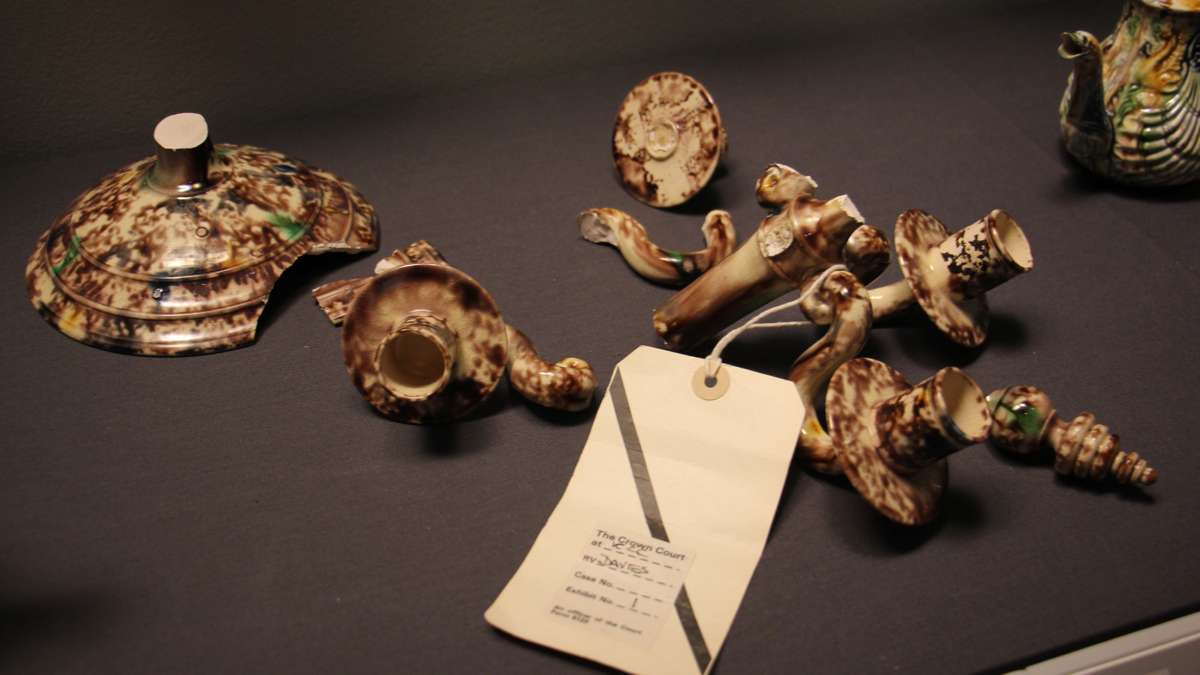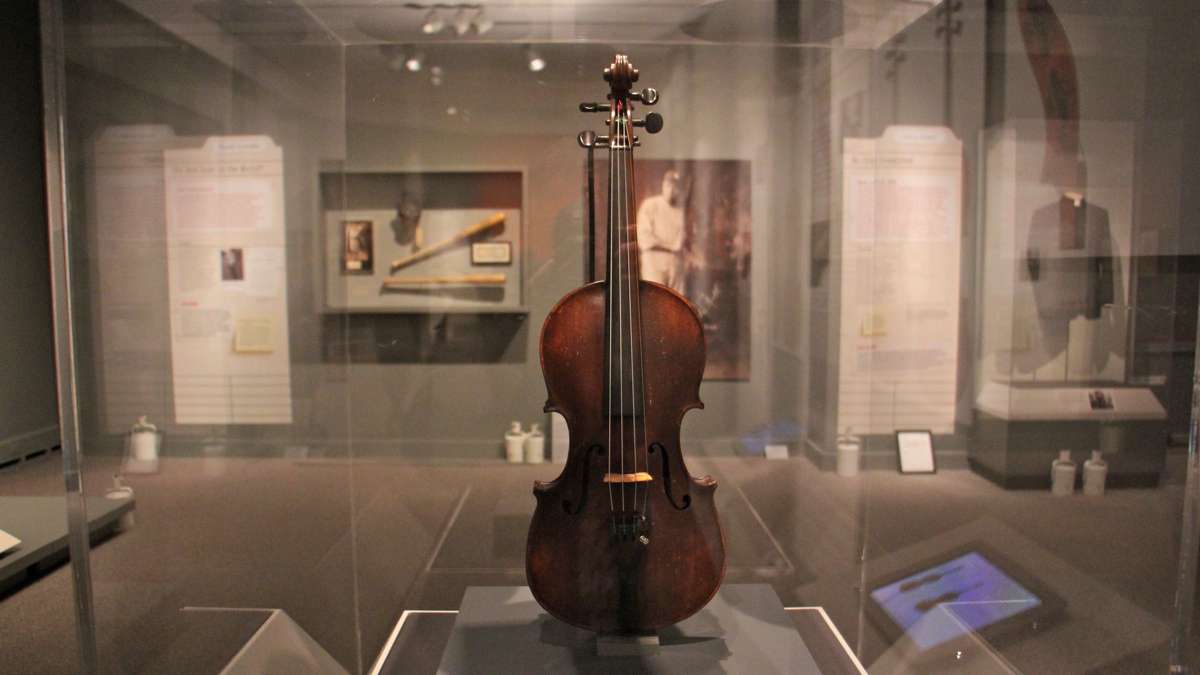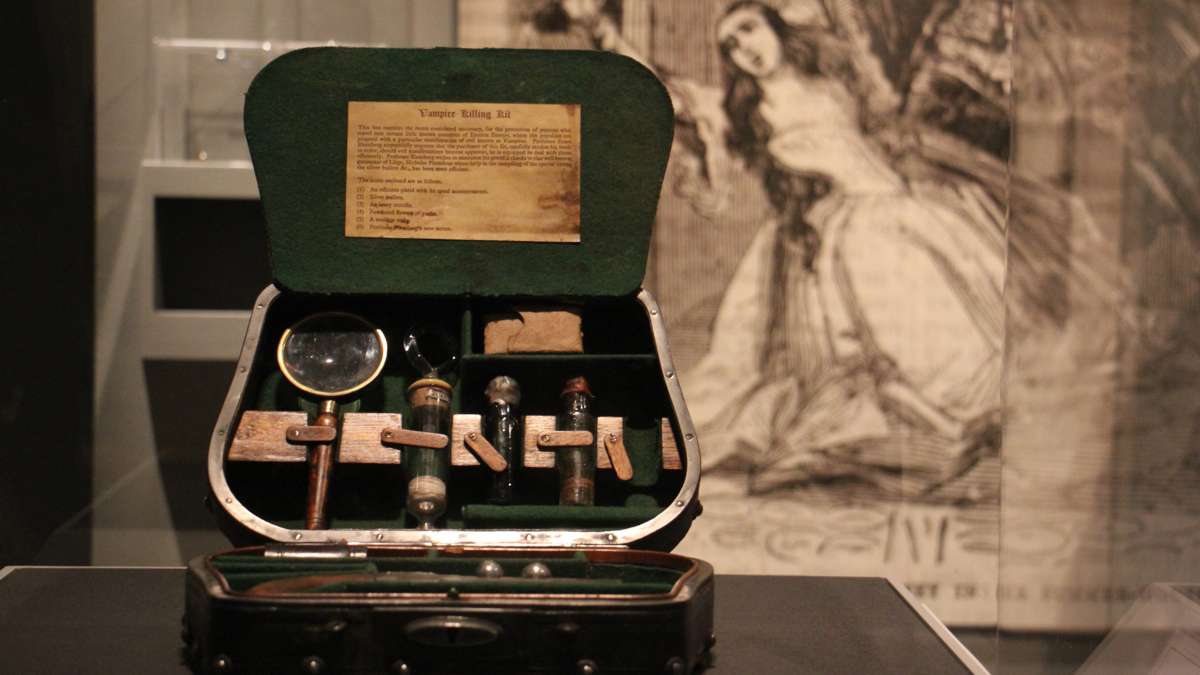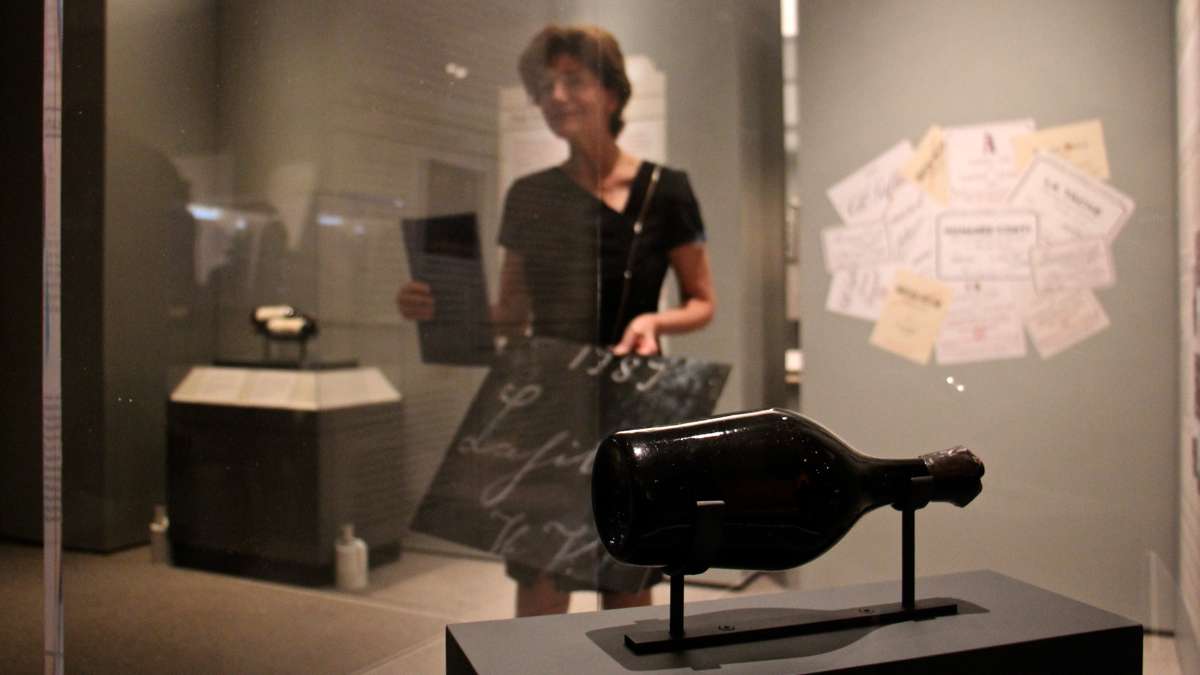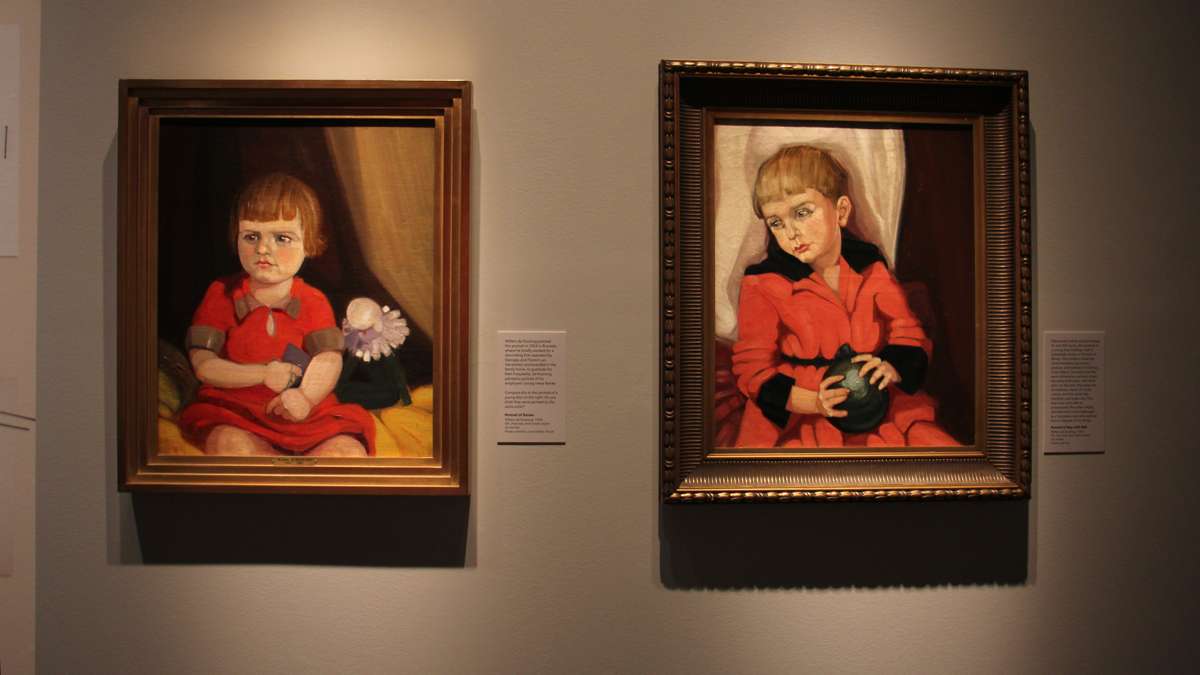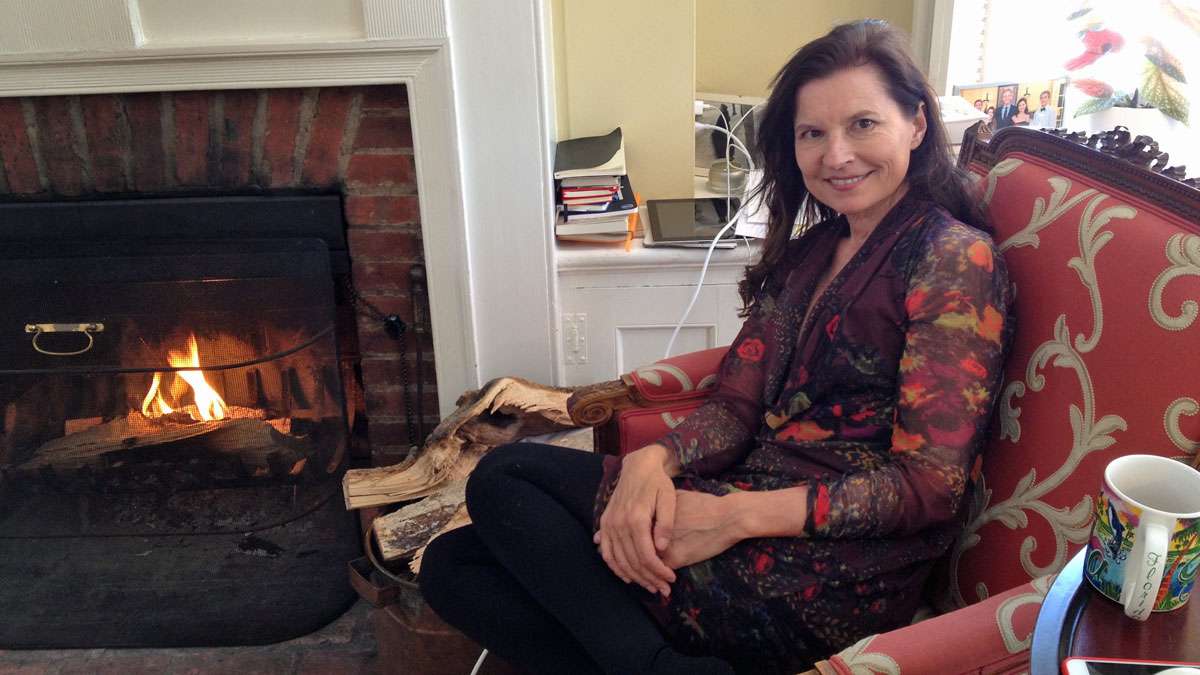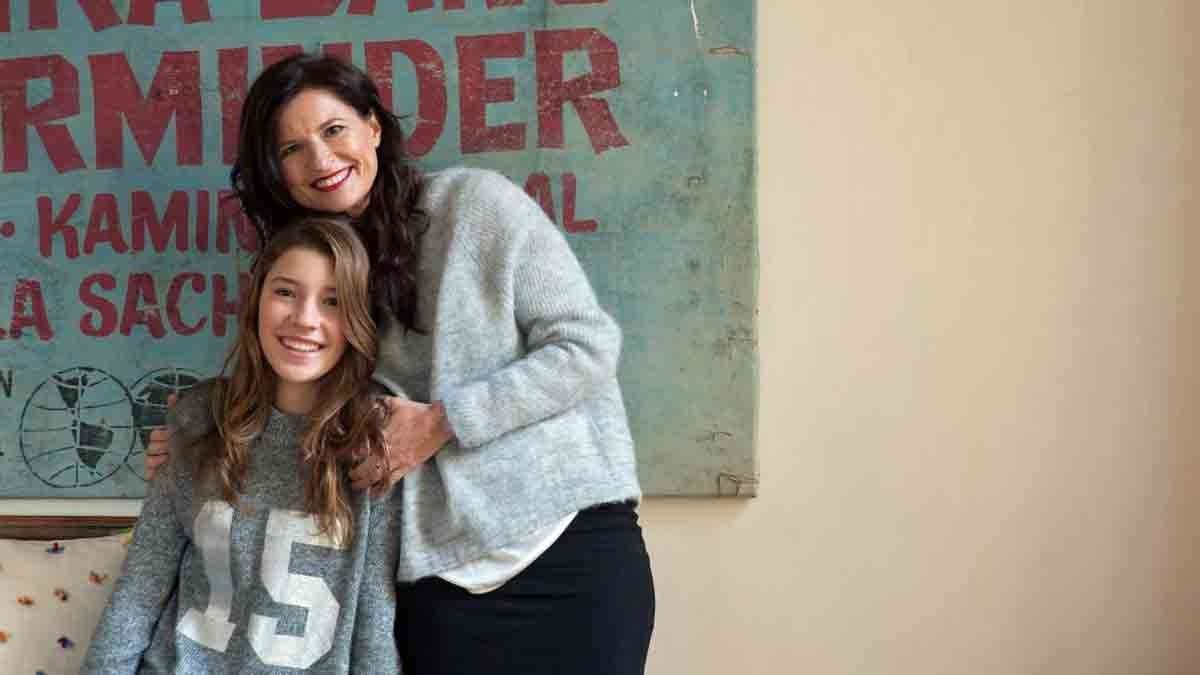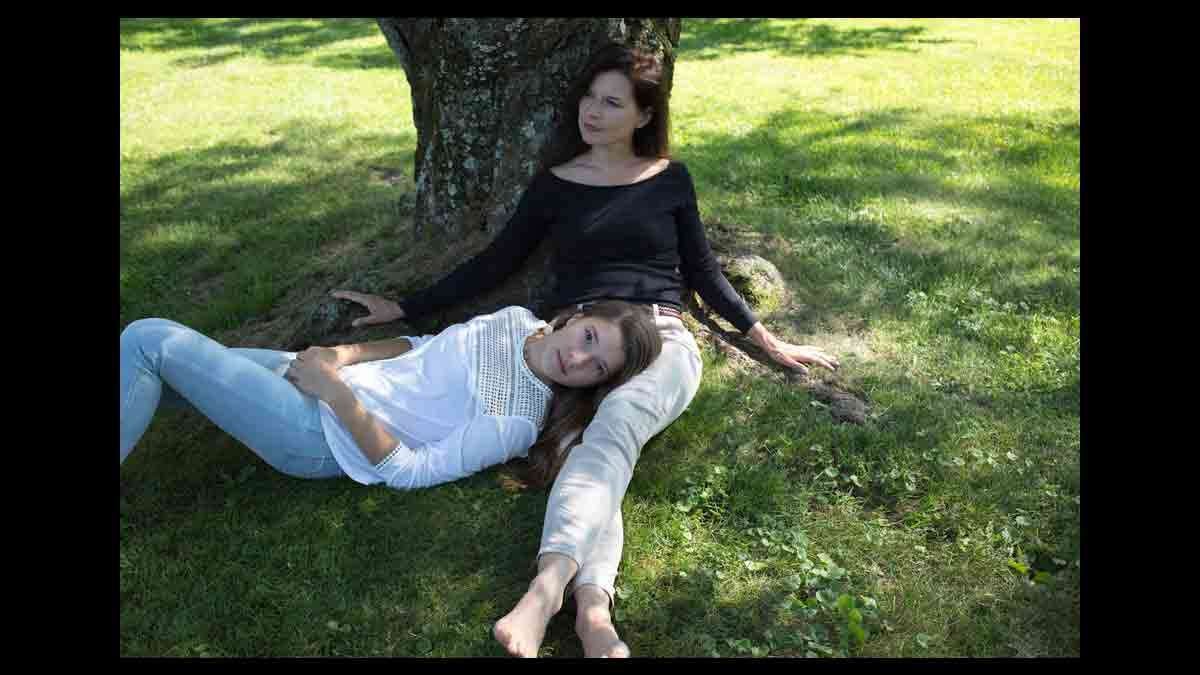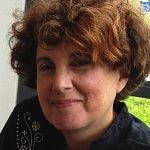Dutch novelist Pia de Jong gives the world a window into America
Latino garden workers waiting to be picked up, suburbanites planning summer seaside vacations, young mothers scurrying from SUVs to Pilates class— in a story recently published in The Antioch Review, Pia de Jong nails the details of life in America. The Dutch native has only lived in the U.S. for five years, but so keen are her observational skills that shortly after arrival on American shores, the best-selling Dutch novelist was asked to write a weekly column about life in the U.S. for Dutch newspaper NRC Handelsblad.
And it’s not just the Dutch who are interested in her account of life in the U.S. For the Washington Post she has written about how the college admissions process can bring childhood frivolity to a close and the idiosyncrasies of the English language (de Jong is fluent in five). For the Huffington Post, she illuminates us about James Agee and the lost world of porches.
Those interested in getting further into the world of de Jong will be able to hear her speak on Saturday, April 1, at Salon on Stockton Street: A Little Literary Festival in Princeton. BBC broadcaster Sally Magnusson will interview de Jong about the challenges of writing family memoirs. Saving Charlotte: A Mother and the Power of Intuition, de Jong’s memoir about her daughter’s battle with leukemia as an infant, and subsequent recovery, will be published in July by W.W. Norton. (It was originally published in the Netherlands by Prometheus.)
On an early spring day with snow on the ground, de Jong has a fire blazing in the marble fireplace. A door is on order for the parlor room she has claimed as her writing studio. The author lives at Olden Farm, a perk that with comes with being director of Princeton’s Institute for Advanced Study, the position her husband, Robbert Dijkgraaf, has held since 2012 — and the reason the family, with three children, relocated from Amsterdam.
She pours two cups of tea from a porcelain pot, an afternoon ritual, and sits in a wingchair beside the fireplace. She likes to be warm — another article from the Huffington Post details how thermostats in this country are cranked to frigid temperatures in summer to suit the needs of men, whose internal temperatures run hotter than women’s.
Above her is an oil painting of the 17th-century canal house that was her home in Amsterdam. It was in that three-story building where she wrote two novels, two children’s books and had the experiences that led to Saving Charlotte. It’s also at the center of a colorful cast of characters — the hooker next door who knitted socks and prayed for de Jong’s baby; the former garbage collector who abused alcohol to cope with back pain and, reformed, became the groundskeeper of the playground the Dijkgraaf children played in — who appear in her writing. The painting is like a window through which she can transport to the world that saved Charlotte. She will make a trip there in April to visit her oldest son, who is studying at the University of Amsterdam.
Surrounded by Einstein’s furnishings and his Bechstein piano (these come with the house) and plants that descended from Einstein’s begonia, de Jong is forging new experiences, and indeed the story in Antioch Review — “All She Ever Lived For” — is set in a suburban American town, not too dissimilar from Princeton, with an art museum and a lake and surrounded by trees.
When de Jong first came here, she felt a bit of cognitive dissonance: being something of a celebrity as a best-selling novelist, and yet no one here could read her work. One of her first friends was author Landon Jones, former editor of People and Money magazines.
Using Google translate, Jones found out just how good she was. “In all of her writing she brings a serious interest in human behavior and the fresh eye of a newcomer to the U.S.,” said Jones, who helped with English translations and editing (he is credited as a co-translator of Saving Charlotte), connected her with editors and agents and set up public readings. “This is all her talent, I just helped bring her forward in a new language. I think she is just getting started and her best work is in front of her.”
In addition to her “Notes in a Bottle” column for NRC in Amsterdam, de Jong writes a monthly column for Princeton Echo, often based on the NRC columns. She had been writing first in Dutch, then translating to English, but with the confidence she gained is beginning to write in English and plans to write her next novel, possibly based in Princeton, in English. What hooks her is the human-interest element. An incident at CVS where a patient was denied her medication gave birth to a story.
Before becoming serious about writing, de Jong was a psychotherapist, with a focus on mid-life career change for people unhappy with their working lives. While de Jong loved the work, after Charlotte’s birth, it was time for her own mid-life career change. She had honed her listening skills, and after reading to her three children and falling asleep with them, she would awaken in the middle of the night with a sudden burst of writing energy. “It’s called ‘midnight disease,’ this deep need to write, frantically, after a traumatic experience,” de Jong recounts. She would write for several hours before going back to sleep, and ultimately created a body of work.
When Charlotte was diagnosed, “We were told she didn’t stand a chance, maybe two weeks.” So de Jong put her clients on hold. The baby was too fragile for chemotherapy and so the family waited for what would come. De Jong went into protective mother mode, doing everything in her power to keep Charlotte from experiencing any kind of stress. “I closed the big door to my fortress, unplugged all the phones and kept away the well-wishers with their advice.”
The family slept together in a big bed, where they also ate and played games. “It was a very warm period, physical and close, connected to family.” Charlotte slowly became stronger, her body began to fight, and soon she was in remission.
De Jong believes in “attachment parenting”: trusting her children’s intuition and giving them what they ask for, allowing them to eat until sated, never forcing them to sleep alone. It worked. Charlotte is now a healthy 16-year-old. Her older brother, home for break from Princeton University, pops in to show his mother the color blue he plans to dye his hair for his Ultimate Frisbee team.
Her husband Dijkgraaf, a mathematical physicist, is also an artist. He studied painting before he became a scientist — on their first date, Dijkgraaf painted de Jong—and created a mural for the Harvard Physics Group.
“With this book, I want to show you can be the CEO of your disease,” said de Jong. “You follow your intuition and take charge.”
Pia de Jong’s memoir will published in in July. Piadejong.com
Related: Director of Institute for Advanced Study announces Netherlands’ new King to the world
WHYY is your source for fact-based, in-depth journalism and information. As a nonprofit organization, we rely on financial support from readers like you. Please give today.


